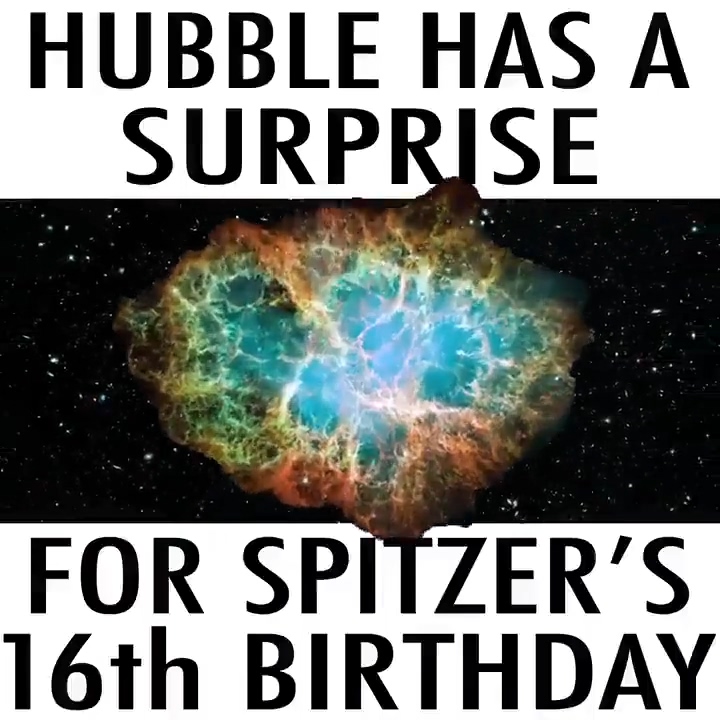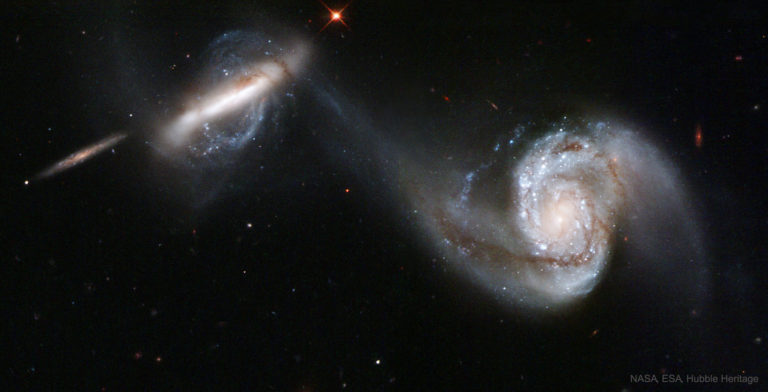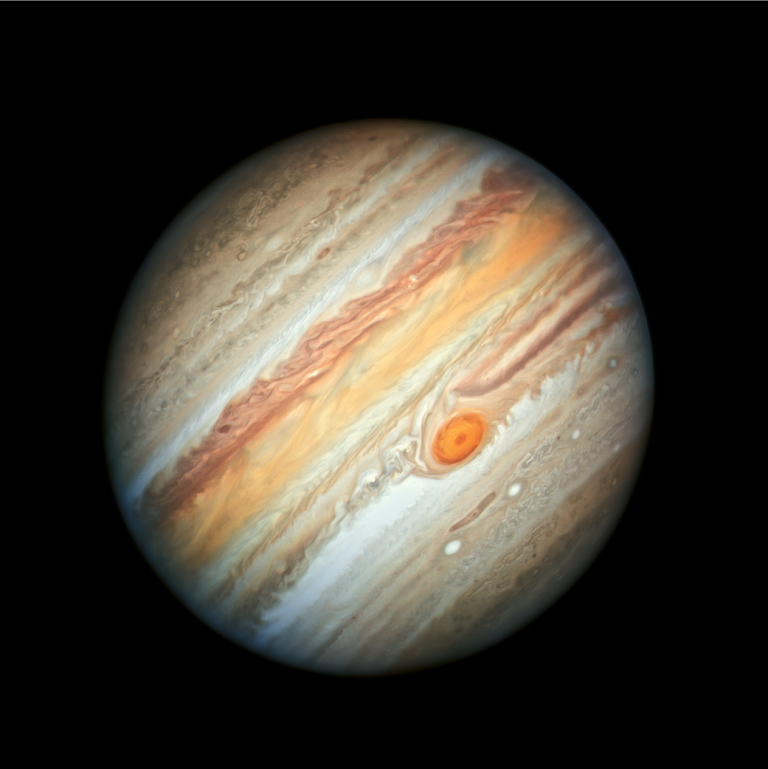哈勃观测到第一个系外彗星
哈勃于2019年10月12日拍摄到了距离地球4.2亿公里的鲍里索夫彗星(2I/Borisov),这是这颗彗星迄今为止最清晰的照片。哈勃望远镜揭示了它周围的尘埃;它正朝着太阳落下,将在2019年12月7日到达最近点,届时它将距离太阳两倍日地距离(约3亿公里)。之后它将以双曲线路径绕过太阳,返回星际空间。 Credit: NASA, ESA and D. Jewitt (UCLA) NASA哈勃太空望远镜展示了星际访客鲍里索夫彗星最好的一张照片,其速度和轨迹表明,它来自我们太阳系外。 鲍里索夫彗星是已知通过太阳系的第二个星际天体。2017年,人类发现的第一个星际游客(被命名为奥陌陌,’Oumuamua)在飞离太阳系之前,在距太阳3800万公里的范围内“溜达”。加州大学洛杉矶分校(UCLA)、观测彗星的负责人David Jewitt说:“ ‘奥陌陌’看上去像一块岩石,但鲍里索夫彗星却很活跃,更像是一颗普通的彗星。为什么他俩如此不同,真是一个谜啊。” [rml_read_more] Credits: NASA’s Goddard Space Flight Center 作为进入我们太阳系的第二个已知星际天体,这颗彗星为推测久远且遥远的行星的化学成分、结构、和尘埃特征提供了宝贵的线索。太空望远镜科学研究所的Amaya Moro-Martin说:“其他恒星系统可能与我们的恒星系统有很大不同,但事实是,这颗彗星的性质似乎与太阳系的构成要素非常相似。” 目前,鲍里索夫彗星正以每小时18万公里的高速路过太阳系。Jewitt说:“它的速度如此之快,几乎忽视了太阳的存在。” 到2020年中,这颗彗星将超过木星8亿公里,然后重返星际空间,在那里它将漂泊数百万年,然后再路过另一个恒星系统。 这个延时序列压缩了哈勃对鲍里索夫彗星跨越七个小时的观测。为了拍摄它,哈勃必须对其进行跟踪,就像摄影师跟踪赛马一样。因此,背景恒星会在曝光框中形成条纹,视野中还有人造卫星出现。 Credits: NASA, ESA and J. DePasquale (STScI) 来自克里米亚的业余天文学家Gennady Borisov于2019年8月30日发现了这颗彗星。在全世界业余和专业天文学家进行了一周的观测之后,国际天文学联合会的小行星中心和NASA喷气推进实验室的近地天体研究中心计算出了这颗彗星的轨迹,证实了它来自星际空间。 到目前为止,所有分好类的彗星都来自我们太阳系外围的冰碎片环,即柯伊伯带(Kuiper belt),或者是假设的奥尔特云(Oort cloud),即距离太阳约一光年的“彗星壳”,定义了太阳系的动态边缘。 研究人员称,鲍里索夫彗星和奥陌陌这样的外来访客只是星际天体发现的开始。根据一项研究,每时每刻,我们太阳系都有成千上万个“过客”,只是它们大多数都太微弱以至于无法用当今的望远镜探测到。 哈勃和其他望远镜的观测结果表明,环形或球形分布的冰碎片环绕着正在形成行星的年轻恒星。通过恒星、行星运转间的引力“三维弹球”,这些类似彗星的天体可能会被弹入太空,从此开始星际旅程。 对鲍里索夫彗星的进行进一步哈勃观测将持续至2020年1月。 观测小组的另一名成员Max Mutchler说:“新到访的彗星总是不可预测,它们有时会突然变亮,甚至会因为暴露于太阳强烈的热量下而破裂。哈勃有望以卓越的灵敏度和分辨率来观测接下来发生的一切。” 来源: https://www.nasa.gov/feature/goddard/2019/hubble-observes-1st-confirmed-interstellar-comet










